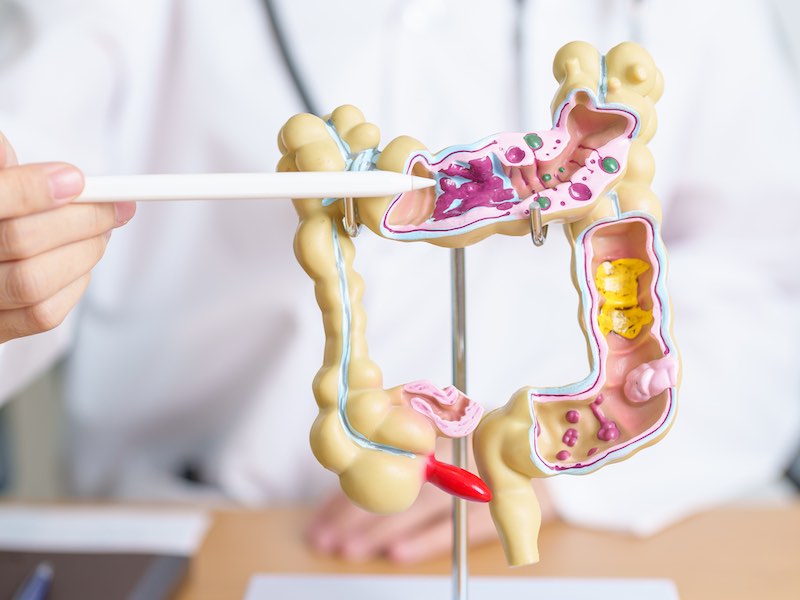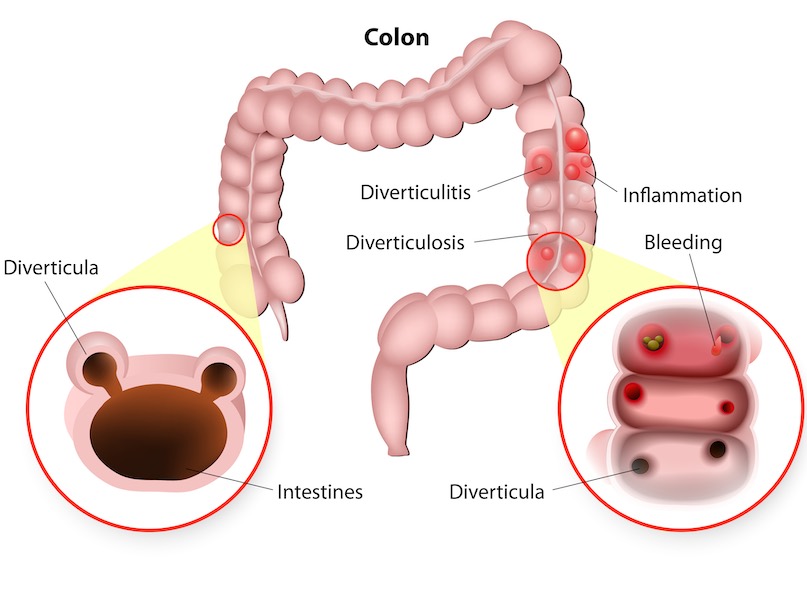Anorectal Disorders
There are several reasons that people may require a surgeon to help alleviate conditions related to their rectum and/or anus. For example, patients may develop an anal fissure (a small tear), an abscess or fistula (an infection), hemorrhoids, anal condyloma, or pruritis ani. A colorectal surgeon can help safely examine a concern in that area and, if surgery is required, perform a procedure.
Some of the leading causes of anorectal disorders are polyps, inflammatory bowel disease, pregnancy and childbirth, manual irritation of the area, underlying skin conditions, and infections.




